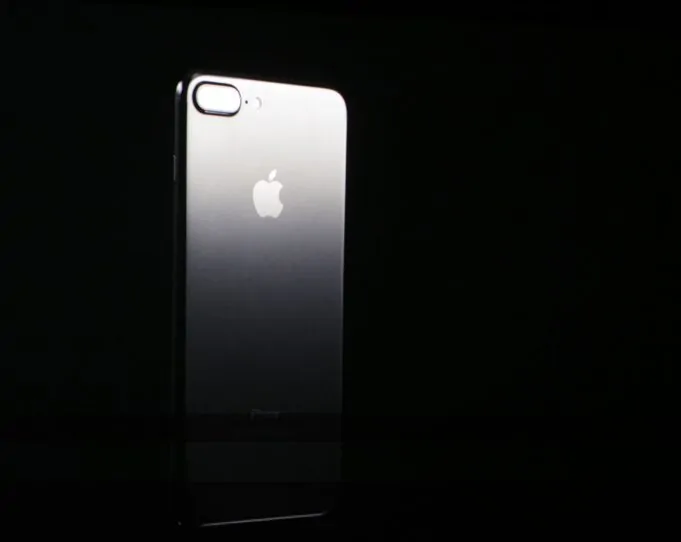Prior to 2010, Apple tapped Samsung for its System on a Chip (SoC) supply. These are the brains that power devices such as the iPhone, iPad and various other devices including the Apple TV.
With the A4, Apple decided in 2010, however, to roll its own. And has been increasingly in-sourcing its chip designs.
By making its own SoC the teams at Apple could not only spec the processor exactly how they wanted, but also potentially reduce costs by not having to pay a supplier to do the manufacturing — in most cases Samsung, a key competitor no less.
For those interested in all things mobile tech, you may want to check out this timeline of SoCs made by Apple over the past 7 years. It’s over on Bloomberg (“How Apple Built a Chip Powerhouse to Threaten Qualcomm and Intel”) and is a well put together snapshot starting from 2010.
Not only does the graphic show the original A4 SoC (used for the iPhone 4, Apple TV and iPad at the time), all the way up to the A11 Bionic in 2017 (iPhone X), but it also breaks down the sub-components including: Secure Element (first appearing in 2013); Motion Co-Processor (2013); Graphics Processor Unit (2017); and the AI chip called Neural Engine (2017).
“Steve Jobs long believed Apple should own the technologies inside its products rather than rely on mashups of components from other chip makers, including Samsung, Intel and Imagination Technologies.”
Source: Bloomberg
Geeky stuff to be sure, but it demonstrates how complex mobile devices have become over the years. Much like a high-end PC back in the day, smartphones now feature multiple chip sets doing all sorts of complex processing.
2007: “This is only the beginning. Apple reinvents the phone.”
Given that the original 2007 iPhone — launched by then CEO Steve Jobs in a historic keynote — featured a 3.5-inch display (320×480 resolution), 4GB RAM (with optional 8 or 16GB), a 2GB rear camera, Samsung 32-bit ARM processor running at 620 MHz, and running on a 2.5G EDGE cellular network, can you imagine what something like an iPhone 20 is going to look like? Oh… and cost?!
The article also chronicles other chipsets that Apple would produce in-house including:
- Apple wireless chips (W1 and W2)
- Apple Watch engine (S1-S3)
- Mac co-processors (T1 and T2)
That Apple continues to take on Intel, Qualcomm, Samsung and others by producing chips demonstrates the increasing importance of mobile computing power especially for applications and features such as AR/VR, Face ID for ultra-fast phone unlocking, camera processing (in short, making a smartphone photo look like it was taken with a high end DSLR), AI (Siri), and, of course, high resolution graphics and audio processing (HDR, potential for object-based audio such as Dolby Atmos, etc.).
The Case for Apple’s Vertical Integration: In-House vs. Partner Model
We pay premiums for Apple products. Part of that is the result of high R&D cost, notably with both hardware and software being vertically integrated.
Meantime, Google was formally favoring a horizontal model. It made the OS — Android — and sought out partners for the hardware. Obviously, this model has been tremendously successful; especially at the lower end of the market.
For its flagships, however, Google acquired HTC, and opted for a hybrid model whereby it still licensed Android, but designed in-house the Pixel branded phones. In this case, it could appeal to consumers with larger budgets, those who expected a well conceived and intuitive end-to-end user experience. In most cases, we’re learning this can only be achieved when product managers, engineers, designers and the entire team are working under one corporate umbrella, chasing a unified objective.


